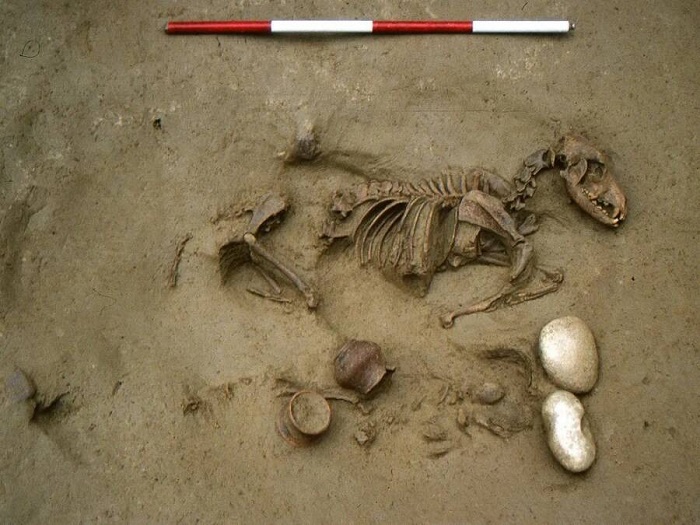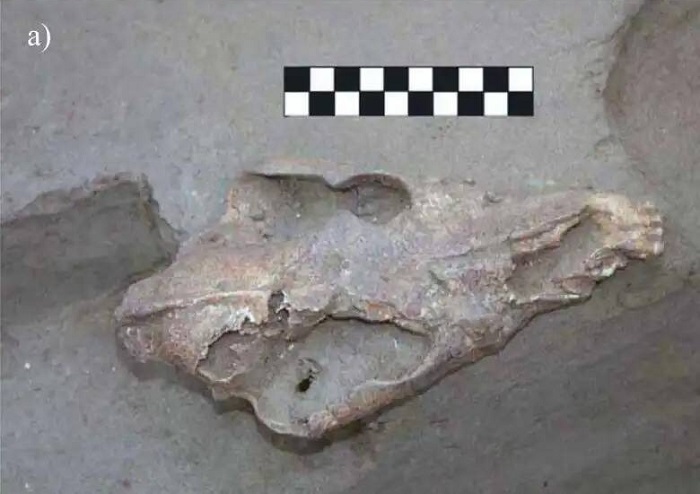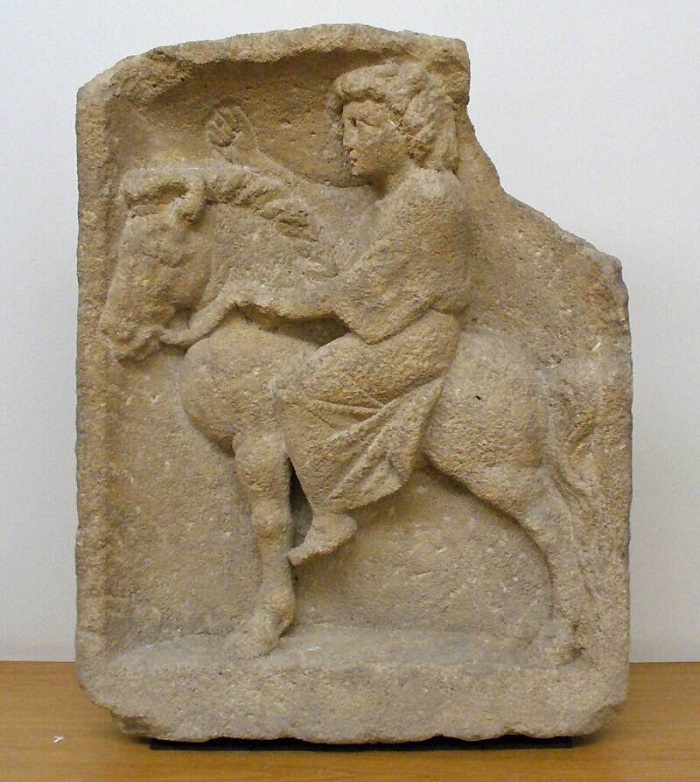Though some of the animal remains were cows and chickens, probably left as food offerings, other graves contained dogs and horses, which may have been pets buried alongside their owners.

Thousands of years ago, mourners laid their loved ones to rest at a site in present-day Verona, Italy. But they didn’t send them off to the afterlife alone. Archaeologists have discovered dozens of graves at the site, a handful of which also contain dogs and horses.
The so-called Seminario Vescovile site suggests that a deep bond existed between humans and animals, though whether the animals held religious symbolism or had emotional importance for ancient people is unclear.
The Story Behind The Seminario Vescovile Burial Site
Almost 20 years ago, construction in Verona, Italy unearthed a 2,000-year-old cemetery connected to the Celtic Cenomani culture. But this cemetery was peculiar. Of the 161 graves, 16 contained animal remains.
Some of the animal remains came from cows, pigs, and chickens, and may have been left as food offerings. But four of the graves at Seminario Vescovile contained dogs and horses, animals that did “not play a dietary role,” according to a new study about the site published in PLOS One.

One grave contained a boy with horse bones. Another contained a middle-aged man who was buried with a small dog, as well as other grave goods like rings and a knife. The third grave contained a baby who died just after being born as well as a large dog. The fourth grave contained a woman, a baby, and the skeleton of an entire horse, as well as other horse, cow, and dog bones.
A genetic study of the humans buried alongside animals found that they were not related. This suggests that such burial rites were perhaps widely practiced, and not limited to a single family. For researchers, they shed fascinating — if vague — light on the practices of the Celtic Cenomani.
“These burials are interesting exactly because they allow a new angle from which to look at the funerary customs of this poorly known culture,” two of the study’s authors, Zita Laffranchi and Marco Milella told All That’s Interesting in an email. “Funerary patterns, and the underlying funerary traditions, are fundamental when trying to interpret the social and cultural aspects of past societies.”
But why were these animals buried with people? Were the dogs and horses beloved pets? Or were they buried for religious reasons? The study’s authors aren’t entirely sure — but they have some ideas.
Theories About The Animal Burials At This Ancient Site
In their study, the authors admit that: “Overall, our results point to the unsuitability of simple, straightforward explanations for the observed funerary variability.” However, they have some theories for why these ancient people were buried alongside dogs and horses.
“[T]the finds from Seminario Vescovile indeed fit with well-known practices, archaeologically documented, for a whole range of cultures through time,” Laffranchi and Milella explained to All That’s Interesting.
“This relates to the symbolic value of animals in various cultures. Different species may be linked to deities… and/or symbols of an elevated socioeconomic status. Their presence in burials is not random, of course but the expression of well-defined cultural concerns.”
As Milella told Smithsonian Magazine, religion may have played a large role. Many Celtic deities are associated with dogs and horses: there’s Epona, the goddess of fertility and the protector of horses, as well as Sirona, the goddess of healing and growth who is often shown alongside a small dog.

And indeed, the animals may have symbolized a link between life and death.
“In particular, it is tempting to cautiously postulate an association between the deposition of this animal and their association to the underworld,” the study’s authors wrote. “A link between dogs and the afterlife can be found throughout time and space, with examples from ancient Egypt, Scandinavia, classical, and Gallo-Roman culture.”
Dogs, Milella additionally noted, were seen as “psychopomps” who “escorted the soul of the deceased to the afterlife.”
For now, there’s enough discrepancy between the animal and humans graves that it’s difficult to draw a simple, one-size-fits-all conclusion. But the site at Seminario Vescovile certainly shows that the bond between humans and animals is a profound and ancient one.
“We cannot know of course the specific meaning of these practices, and the specific meaning of the animals in the burials,” Laffranchi and Milella told All That’s Interesting. “But especially when comparing these finds with others culturally and chronologically close from, for example, France and Switzerland, we get a quite fascinating picture.”
After reading about the gravesite in Italy containing both human and animal remains, discover the shocking story of Venationes, the brutal animal battles of ancient Rome. Or, learn about some of the world’s most famous dogs.
